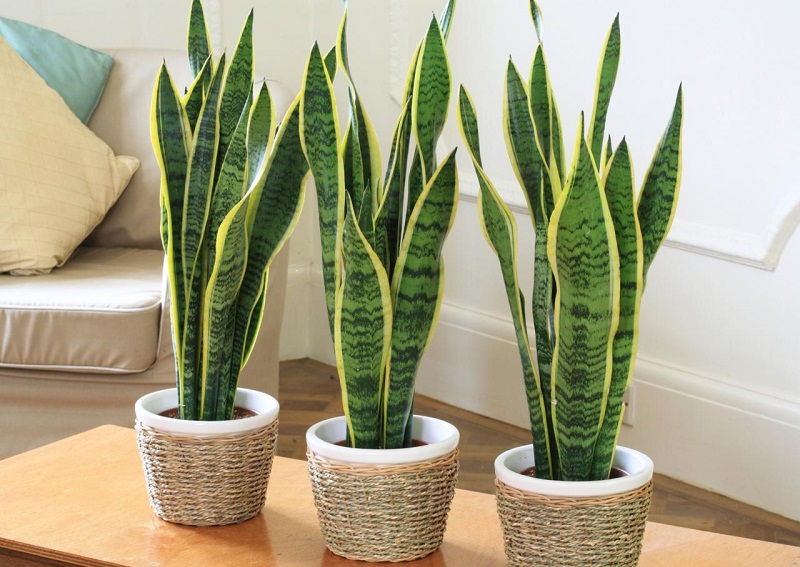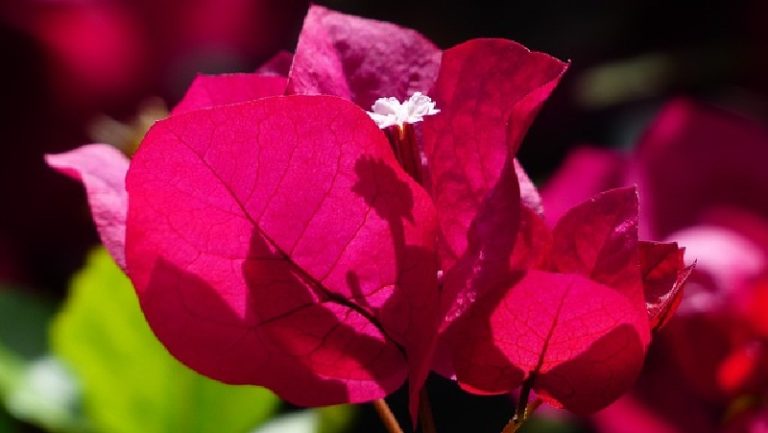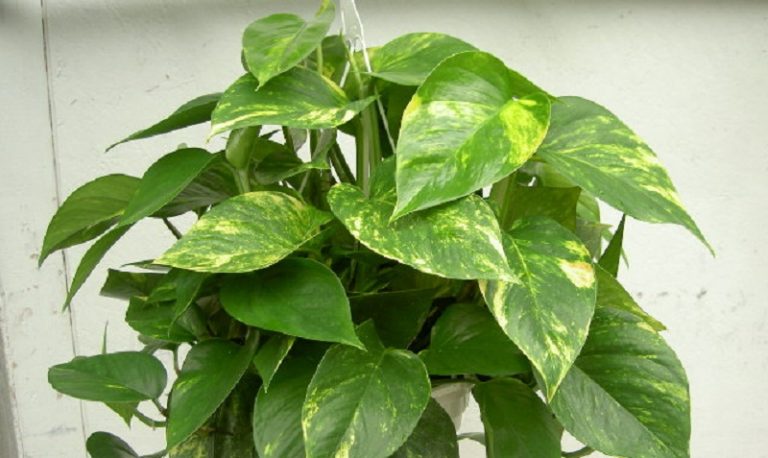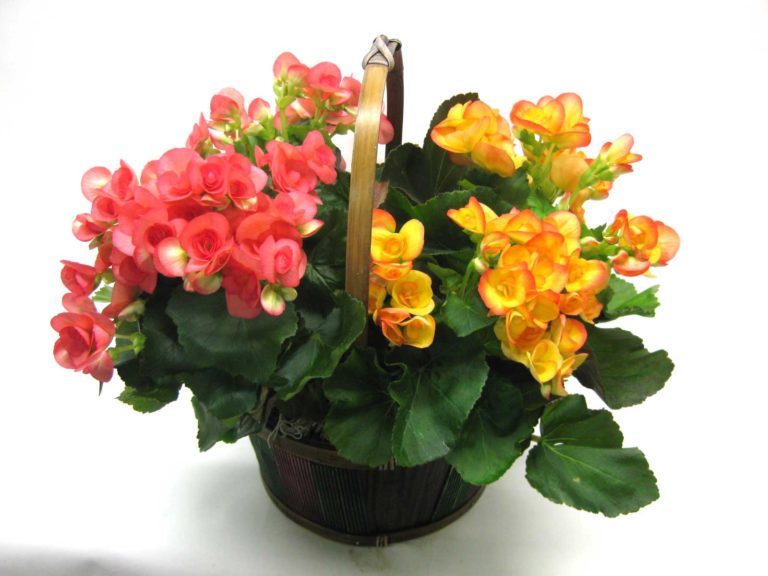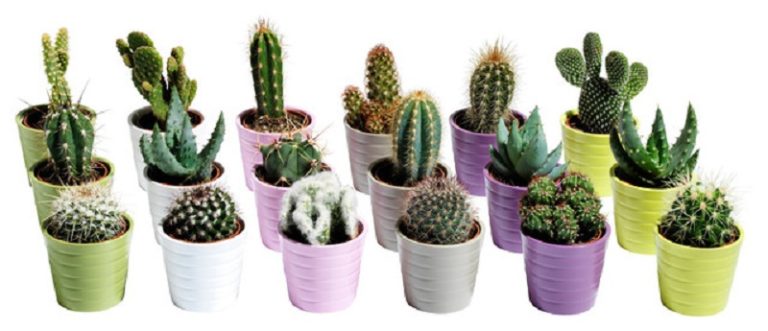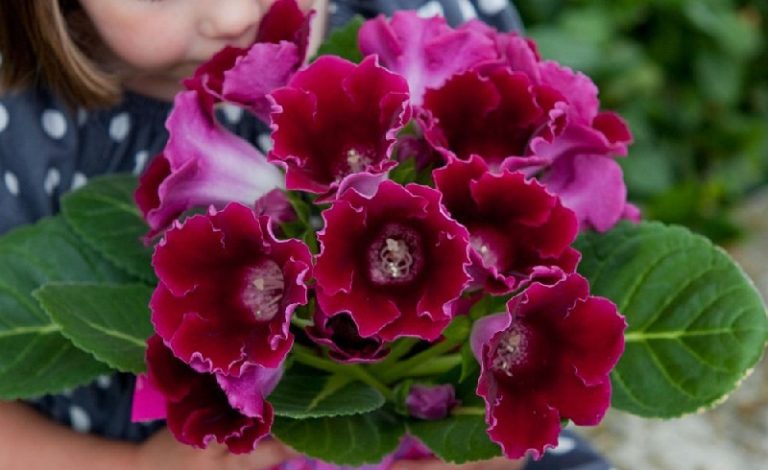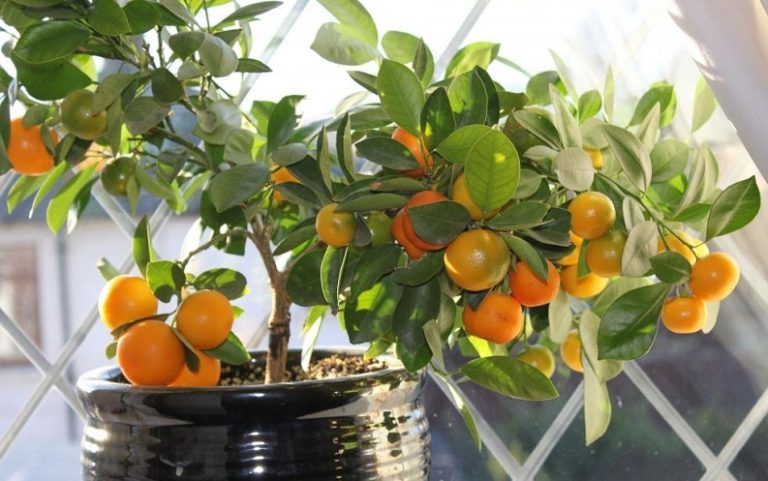Sansevieria or mother-in-law’s tongue – care
Sanseviera or sansevieria is popularly known as “mother-in-law’s tongue”, “wolf’s tail” or “pike tail”. Sansevieria is a succulent, part of the agave family, a close relative of dracaena and yucca. It is
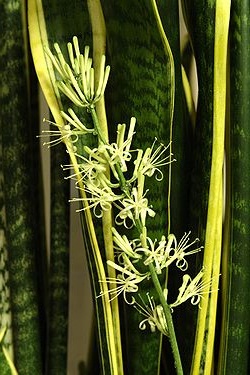
The leaves of Sansevieria grow vertically upwards, forming a dense rosette. The shape of the leaves can be wide, flat and long, oval and thick, wide flat and rounded, and can also be xiphoid in the shape of a pencil or spoon. It is not surprising that the people gave this flower a name – mother-in-law’s tongue. The color of the leaves is dark green with light vertical or horizontal stripes (depending on the species). In its natural environment, it is found in the savannas and subtropical regions of Africa, Asia and America.

Useful properties of sanseviera
This plant is considered a strong producer of oxygen, sansevieria occupies one of the first places in air purification. At the same time, this plant absorbs substances harmful to health from the air and gives off purified oxygen.
Sansevieria or mother-in-law’s tongue – care
Caring for sansevieria is easy if you follow the requirements listed below.
Light brightness for sansevieria
The brightness of the light is not so important, it tolerates bright light, partial shade and even shade well, but it is worth shading it from direct sunlight in the hot season (sheets can get burned). And variegated species in the shade can lose their bright color. Western and eastern windows are well suited for growing sansevieria.
Air temperature for sansevieria
A comfortable air temperature for the normal development of sansevieria should be up to + 25 ° C in summer, and +15-+16 ° C in winter.
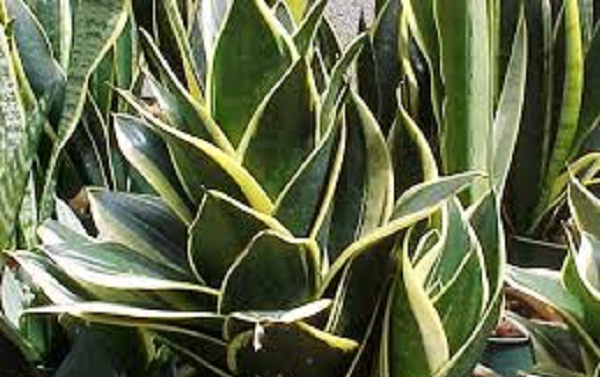
. . . . . .
Watering and humidity for sansevieria
You need to water your mother-in-law’s tongue with soft water at room temperature. In summer, they are watered 1 time in 7 days, in winter – 1 time in 14 days. Sansevieria does not tolerate waterlogged soil, it must be watered after the earthen lump has completely dried. When watering, water should not fall into the middle of the outlet, otherwise the plant may rot from the middle.
Air humidity is not important for sensevieria, it can not be sprayed, but you need to wipe off the dust with a damp cloth as needed.
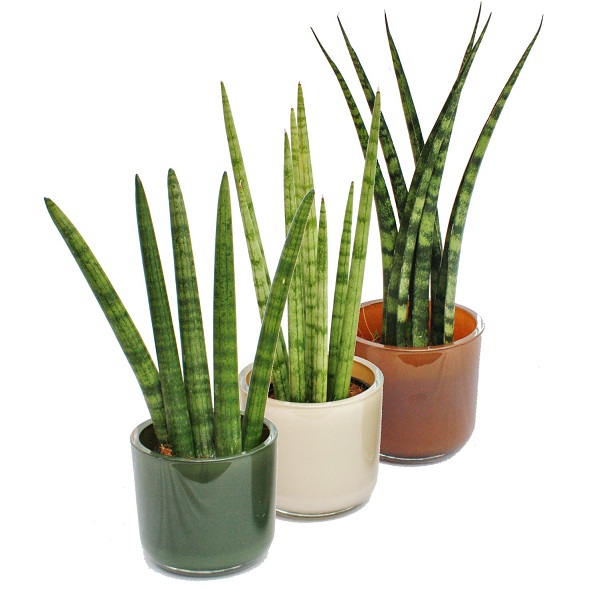
Which fertilizer is suitable for sensevieria
During the period of active growth (spring – summer), sanseviera needs to be fed with complex mineral fertilizers for indoor plants, fertilizer for cacti is also suitable. The proportion of fertilizers should be half that indicated in the instructions.
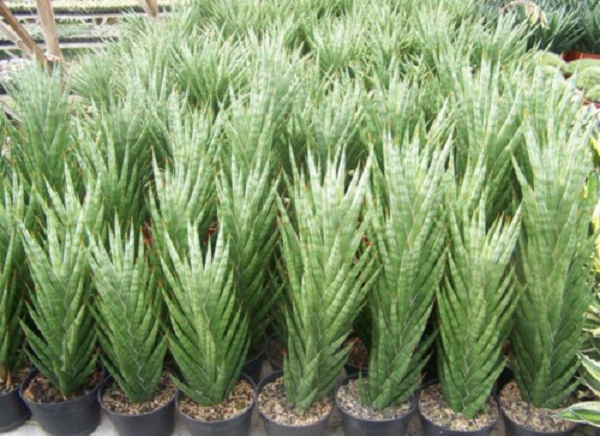
How to transplant sanseviera
Sanseviera needs to be transplanted at the beginning of active growth, in the spring, when roots are visible from the drain hole, or the roots begin to crawl out. It is better to choose a wide pot for planting sansevieria than a deep one, because its roots grow wide. At the bottom of the pot, be sure to make a hole to drain excess water and pour a layer of drainage(expanded clay). In order for this plant to bloom, it must be planted in a cramped pot. The soil mixture for sansevieria should consist of woody and leafy soil with the addition of sand (2: 2: 1), vermeculite and perlite.
Reproduction of sansevieria
Sansevieria is propagatedby shoots, dividing the bush, parts of the leaf.
Lavender comes in pink, purple, white, and even yellow.
Diseases and pests
Sansevieria is very rarely attacked by pests. She can be threatened by spider mites, thrips.
Diseases in the mother-in-law’s tongue occur with improper care.
The leaves turn yellow, become soft – the soil is too wet, water has fallen into the middle of the leaf rosette.
The leaves rot and wither – very low air temperature.
Brown spots on the leaves are sunburn, or the plant lacks light.

